
A – Z of apparel and bags
Well worn merchandise has the potential to get a brand in front of a huge number of eyes effectively
A – Aware
As with other areas of merchandise, sustainability is a hot topic, and being able to back up claims is important.
One way of doing this is through the use of a digital passport like Aware, a tracer particle that can be mixed with recycled material and then tracked through the blockchain. The result is a digital paper trail that proves that a product is what it says it is. XD Connects is using Aware in a number of its products including backpacks (see BPMA Product Awards box).
B – B Corp 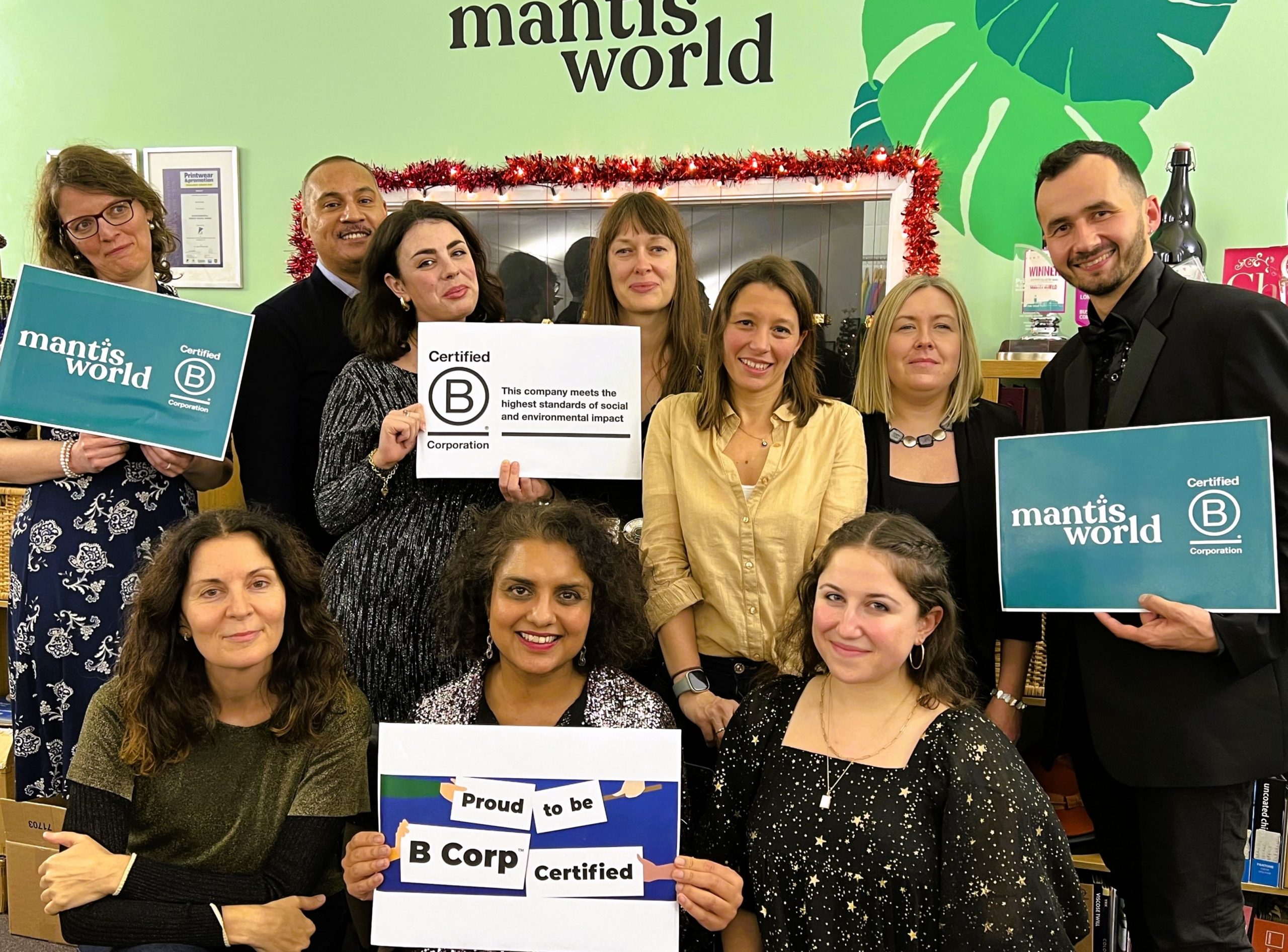
At a time when buyers are increasingly looking for evidence that their suppliers are serious about issues around ESG, B Corp status is one way that companies can illustrate that commitment.
Promotional textiles business Mantis World was recently accredited a B Corp, which CEO Prama Bhardwaj said solidifies everything the company has been working towards over its 20-year history, such as supply chain transparency and use of organics in textiles.
“At a time when there are so many challenges facing the planet, it shows that there is a future for business that can be more considerate, more collaborative, more transparent and the successes can be more equitable. We really hope to encourage others to join us in this journey,” she said.
C – collections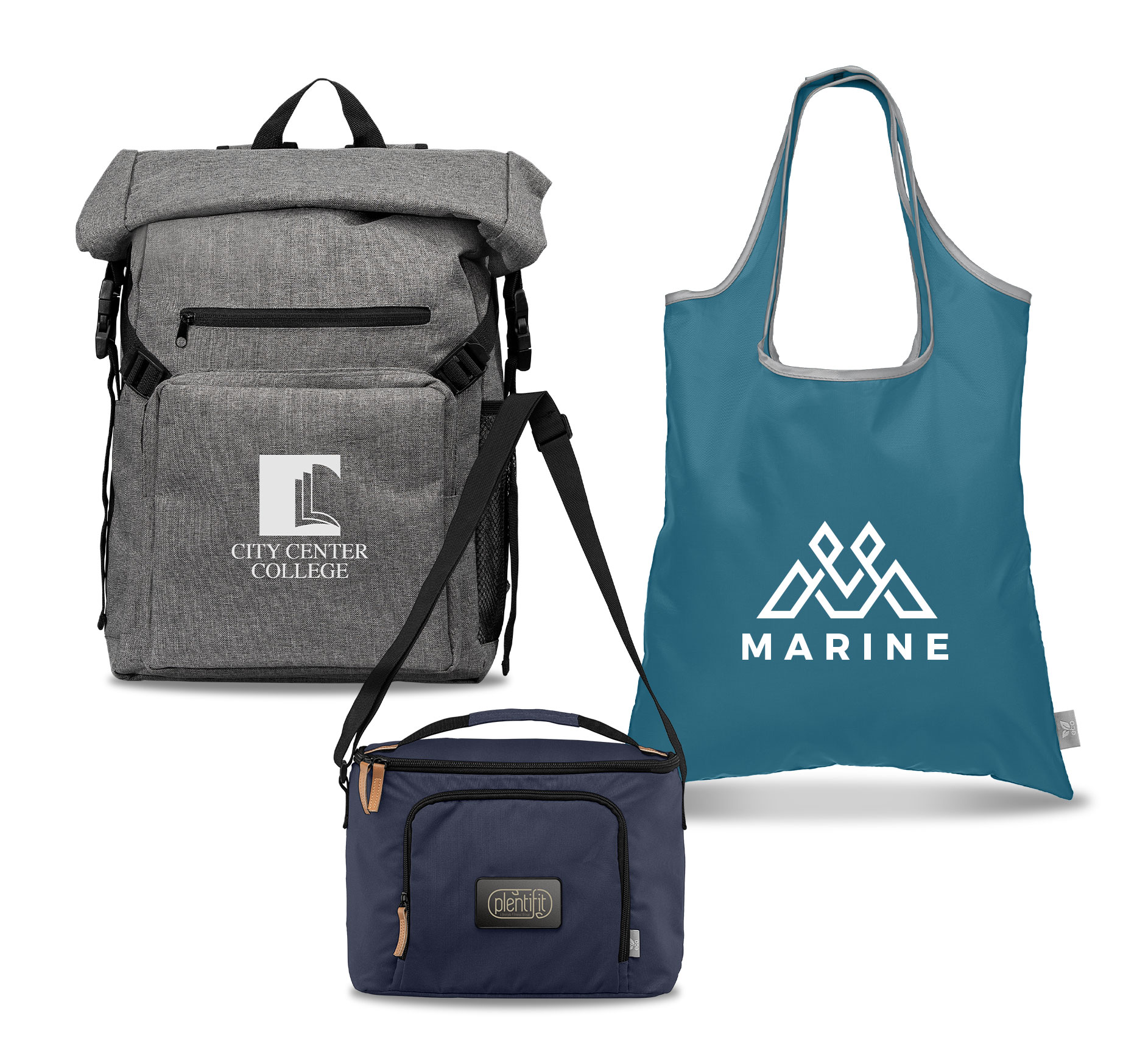
The ability to choose the product that is right for your client or campaign is central to effectiveness. Simply Bags, the new collection from Goldstar, aims to provide that. Launched initially in the US, the collection of 15 distinctive styles is now available in Europe.
Options include premium travel bags and backpacks, cotton and jute totes, coolers and shoppers. Each bag offers ample space for branding opportunities, through customisation and decoration. These include all-inclusive pricing to ensure a seamless and transparent ordering process, eliminating any hidden costs.
D – DTG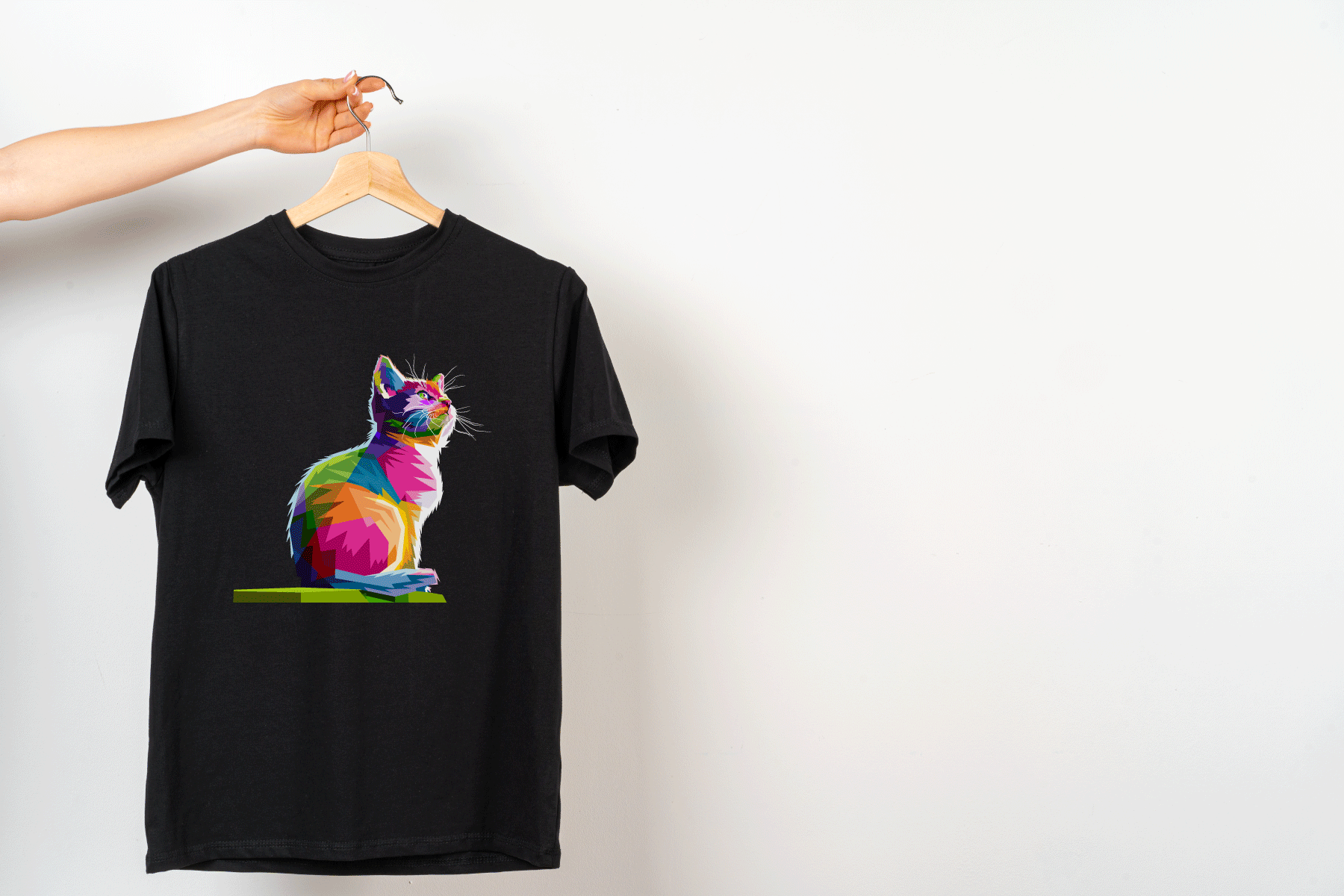
Direct-to-garment printing – or DTG – has expanded hugely, as it offers high definition digital image reproduction and low cost set-up that allows for low minimum order.
T-shirts, sweatshirts, hoodies and bags are well-suited to DTG, with the smooth finish of the fabric allowing great colour reproduction. The water-based ink system means there’s no waste when printing and only a very thin layer of ink is used, making it eco-friendly too.
E – embroidery
One of the oldest forms of adorning a garment, embroidery has been brought right up to date thanks to modern technology. Embroidering machines can produce 1,000 stiches a minute meaning it is possible to recreate logos and crest incredibly accurately and tastefully.
Embroidery can provide a longer lasting image than printing and is highly durable. It can be applied to almost any garment, but is probably not suitable if you want to cover a large area with design.
F – fast fashion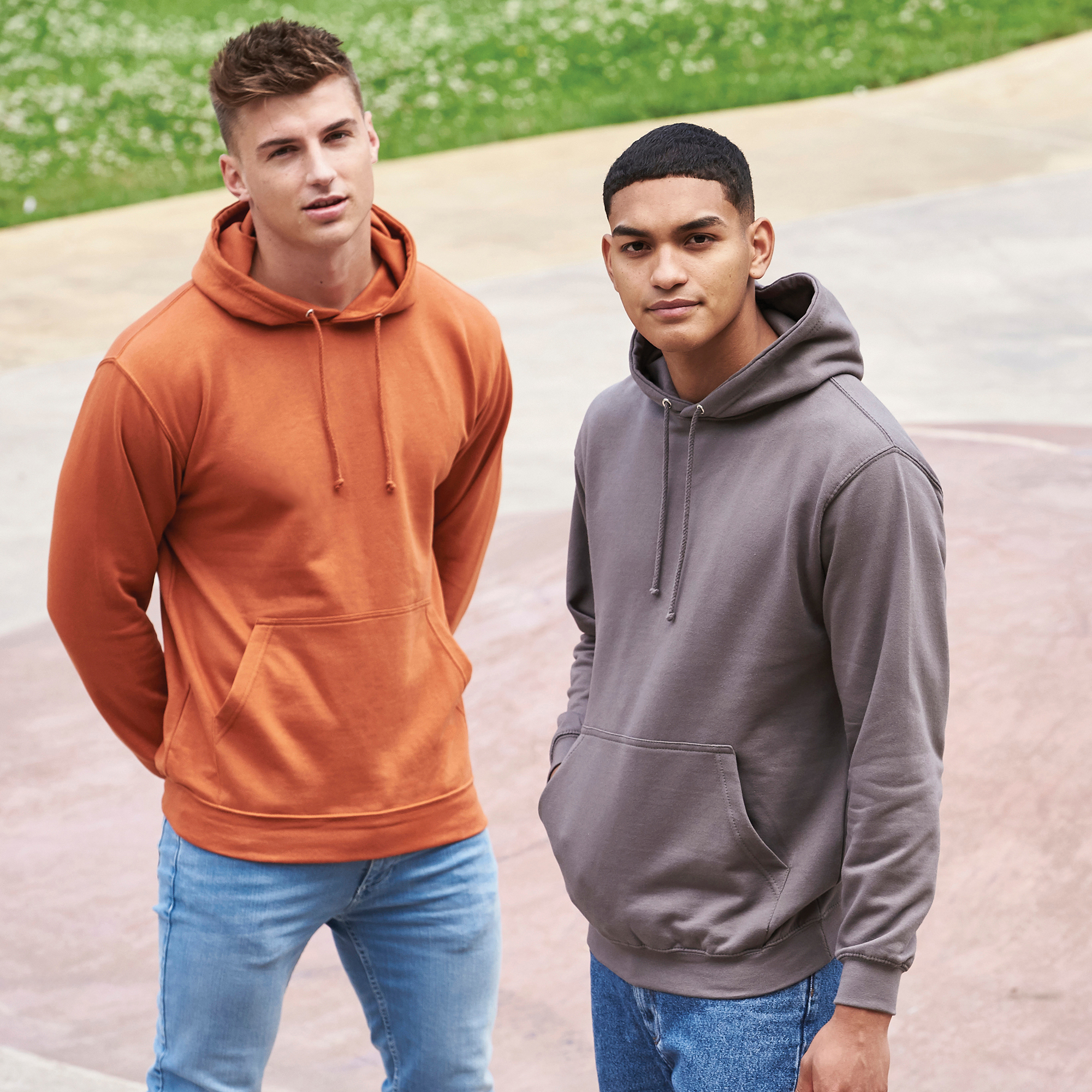
It’s not just the high street that responds to the changing pace of consumer demand. Merchandise has also put its skates on to deliver promotional clothing at the speed of culture.
The latest example is Laltex, whose Fast Fit Promo division claims to be able to provide hassle-free promotional clothing with a streamlined service from order to delivery in as little as five days from artwork approval.
It claims trade customers can also take advantage of large UK stock levels; introductory prices; minimum orders from as low as 10 pieces, and a range of personalisation techniques.
G – greenwashing
There is no denying that textiles are a multi-billion global industry that can be associated with a lot of practices that clients may want to avoid, whether that is exploitative labour relations, environmental impact of production processes, or the cost of transportation in terms of carbon.
It is a complex supply chain and wherever you look there are implications for sustainability and any claims you hear. There are no easy answers but that doesn’t mean that you shouldn’t ask the questions of suppliers.
The reputable ones will be able to provide back up for the claims they are making, as well as explaining the various certifications that they use and what they do and don’t prove. If that can’t then you have every right to be suspicious.
H – hats
Headwear is in now in year round demand, from toastie beanies in winter to cool bucket hats for summer events.
Due to this demand, supplier Product Zone has increased its headwear range, staffing and machinery. It now provides a wool mix 6-panel baseball cap in two colours and a sports fabric polyester/Spandex mix in three colours.
New members of staff have boosted the growing company’s capabilities in administration, embroidery and print team, which an expanded embroidery section now includes 3 x 6 head Happy Embroidery machines and a single head one as well, for fast sampling and small runs.
I – impressions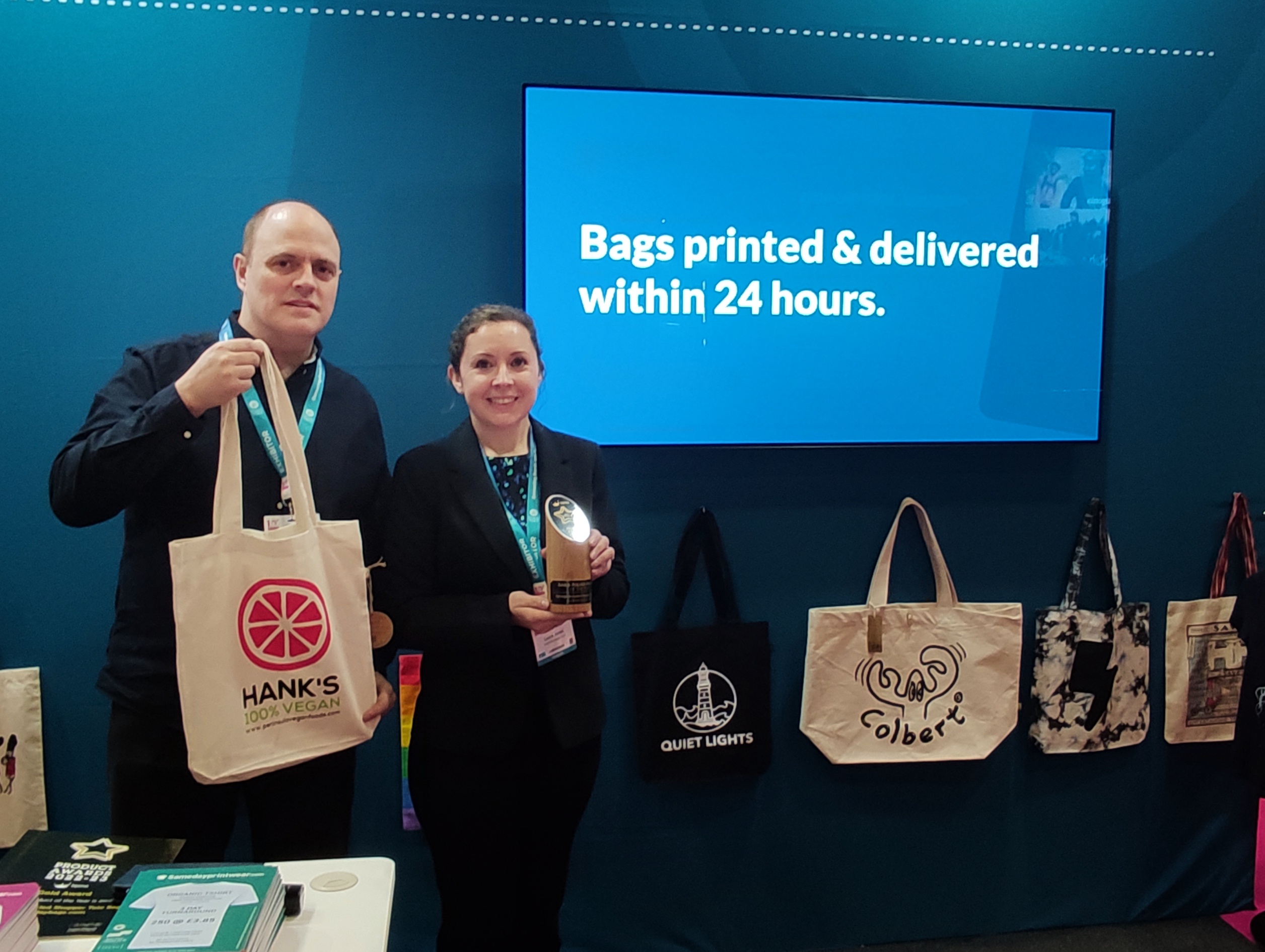
According to a study by the ASI, promotional clothing is among the most effective ways of getting your message across to audiences. It found that promotional outerwear was kept for an average of 16 months, well above the time that other promo items were retained.
Promotional T-shirts were kept for 14 months, polo shirts for 13, bags for 11, and headwear for 10. With such a lengthy promotional lifespan, the cost per impression (CPI) of these items is very low – often fractions of pennies per impression.
J – just in time
Lead times are an issue for all types of promotional merchandise, and because lots of clothing comes from overseas, this can be a concern.
Samedaybags does exactly what it says on the tin. The Monmouth based company can turn round bags in 24 hours, for when a delivery is mission critical. It has found great success supplying for events such as film and product launches. As life gets faster, lead times get shorter, so its service is in ever greater demand.
K – knickers
Believe it or not, but you can have your logo or brand on underwear, although who knows how widespread the views are likely to be.
Companies can offer a range of custom and personalised underwear, which is ideal as a novelty gift or part of a humorous marketing campaign. This could include boxer shorts, thongs, or briefs in various styles and colours to find exactly what you’re looking for if your promotion is pants.
L – Lycra
The elasticated material was invented by Dupont in 1958 and was originally used in underwear. However, its use has expanded hugely and it can now be found in garments from shirts and trousers to socks and sportswear, allowing a pleasing elasticity that means clothes fit more easily.
M – materials
Choosing the correct item for your campaign is important and the type of material used will also determine your decoration options.
There are plenty of materials that can be used. The in-house team of product designers at bag specialist, Jutebag can develop an idea and produce a choice of bespoke designs and materials. It can help businesses meet their sustainability goals, using materials which are organic, recycled, upcycled, closed-loop and Fairtrade-certified.
Among the latest in the range are Hemp, Linen and Cotton fabrics which are sustainable and can be used for luxury packaging.
N – no logo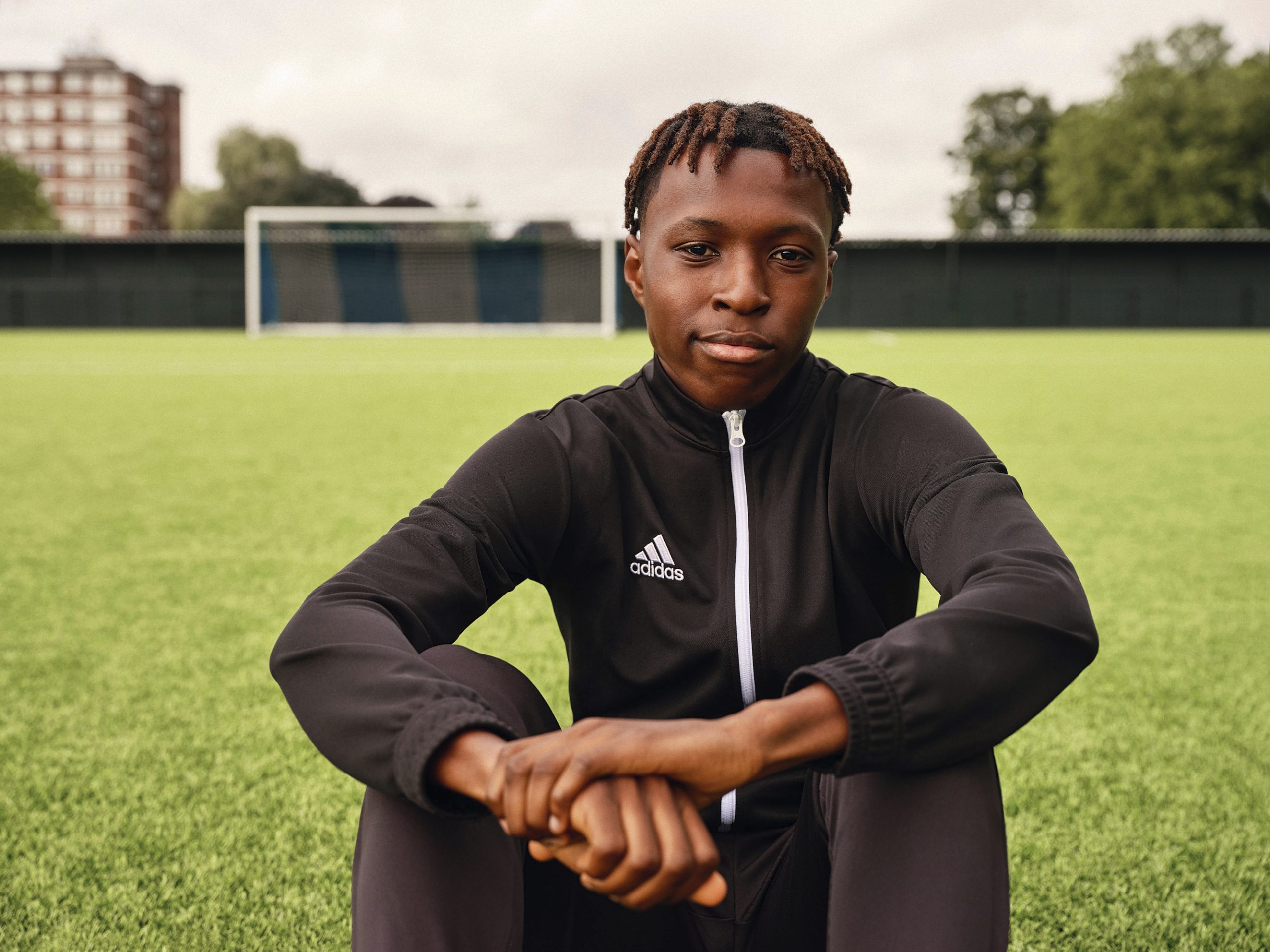
It used to be that clothing brands steered well clear of the merchandise market and focused on consumers which they saw as their primary focus.
However, promotional clothing, workwear, sporting uniforms and the rest is now such a massive opportunity that many are happy to get involved.
The Outdoors Company recently announced it had added Adidas to its portfolio of brands that were available for corporate buyers.
Paul Morley-Smith, director at The Outdoors Company said: “We are really pleased to announce our new partnership with Adidas, it really strengthens the sports brands we offer. They are a global brand, with a great range available to co-brand, so they are a perfect fit for our brand portfolio.”
O – outdoors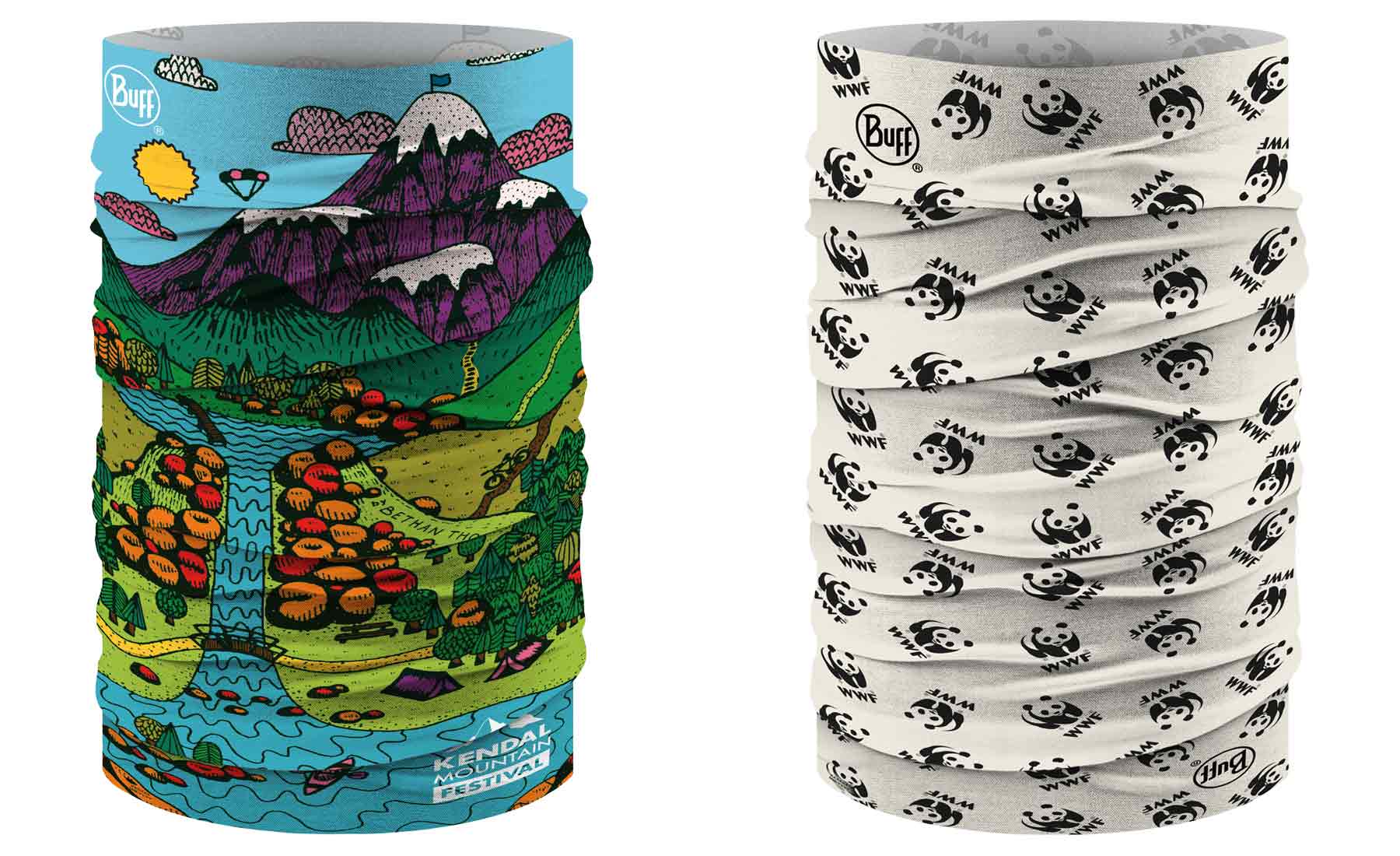
Performance clothing has been one of the great growth areas in promotional apparel in recent years with organisations eager to show their brands on premium garments such as insulated jackets, gilets, fleeces and waterproof coats.
Companies such as the Outdoors Company act as distribution partners for recognised upmarket brands such as Rab, The North Face, and Stormtech.
They also have products that can be accessible to those with smaller budgets, such as Buff, the leading neckwear and headwear brand which can be fully customised and is produced by a family company which is also a B Corp.
P – plastic free
Many clothing companies place great importance in their efforts to offer more sustainable choices. As well as garments themselves, with greater use of organics and ethically sourced materials, attention has shifted to other areas of production such as use of plastic bags and excess packaging.
Textile decorator Screenworks is making waves by championing plastic-free packaging across its entire product range. Following extensive research spanning Europe, it has unveiled a family of paper-based products designed to cater to all packaging needs.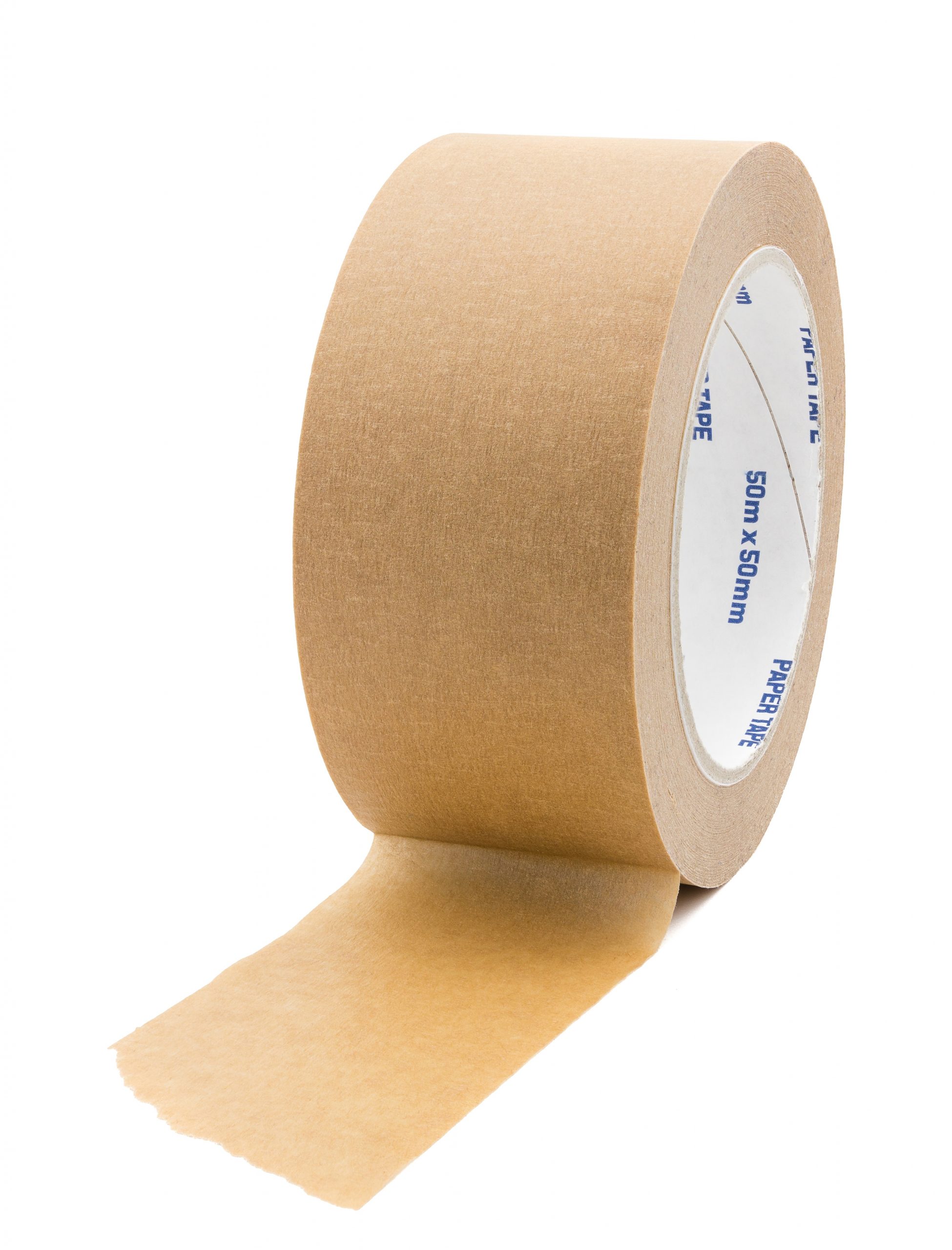
At the forefront is the retail-standard tissue paper bag, a flagship product that exceeds industry standards, boasting FSC certification and curb-side recyclability. With six available sizes, customers can find the perfect bag for every product. The transparent paper design allows for easy visibility of designs, labels, and barcodes, simplifying product identification and labelling while reducing time and costs.
Screenworks’ commitment extends to a complete suite of eco-friendly solutions, including standard paper packing tape and paper pallet wrap.
Q – quotation
Promotional clothing companies can work with you to ensure that your budget works hard for you. Price does not always equate to quality but they are related – you get what you pay for.
Having said that, there are ways of making your budget go further. For instance, printing a logo is generally cheaper than embroidering. Changing the spec of a garment can lower the unit cost. In some cases, it may be worthwhile to opt for a fewer and better approach to what you are buying. Your clothing expert can guide you through the options.
R – retail
Where there was once a sharp distinction between high street fashion and what organisations and brands could access for their promotional needs, the lines are now more blurred.
Buyers now look to the high street rather than a catalogue for inspiration and the speed at which fashions become available for companies is now much shorter with many promotional clothing suppliers helping their customers get closer to the cutting edge of fashion with their own designs.
S – sustainability
It is the hottest buzzword in promotional clothing, and there are lots of ways that the right choice of clothing can demonstrate sustainable credentials. However, it’s a complex area.
Using organic cotton means that chemicals have not been used in production, and less water too. However, it still has a carbon footprint associate with processing, transport, and the wider supply chain.
RPET is increasingly used in clothing and has the benefit of not using virgin plastic, but (there’s always a but) it is still plastic, not biodegradable, and difficult to recycle. This doesn’t mean it isn’t suitable for merchandise, but it does mean you should be aware of issues surrounding it.
T – T-shirts
T’s are still the number one pick for promotional clothing. One survey found that on average they are in our wardrobes for four years, and recycling charity WRAP says that we have an average of 12 T-shirts each.
Brands love them because they are relatively low cost, popular with recipients, and give a massive branding area for messaging.
U – upcycling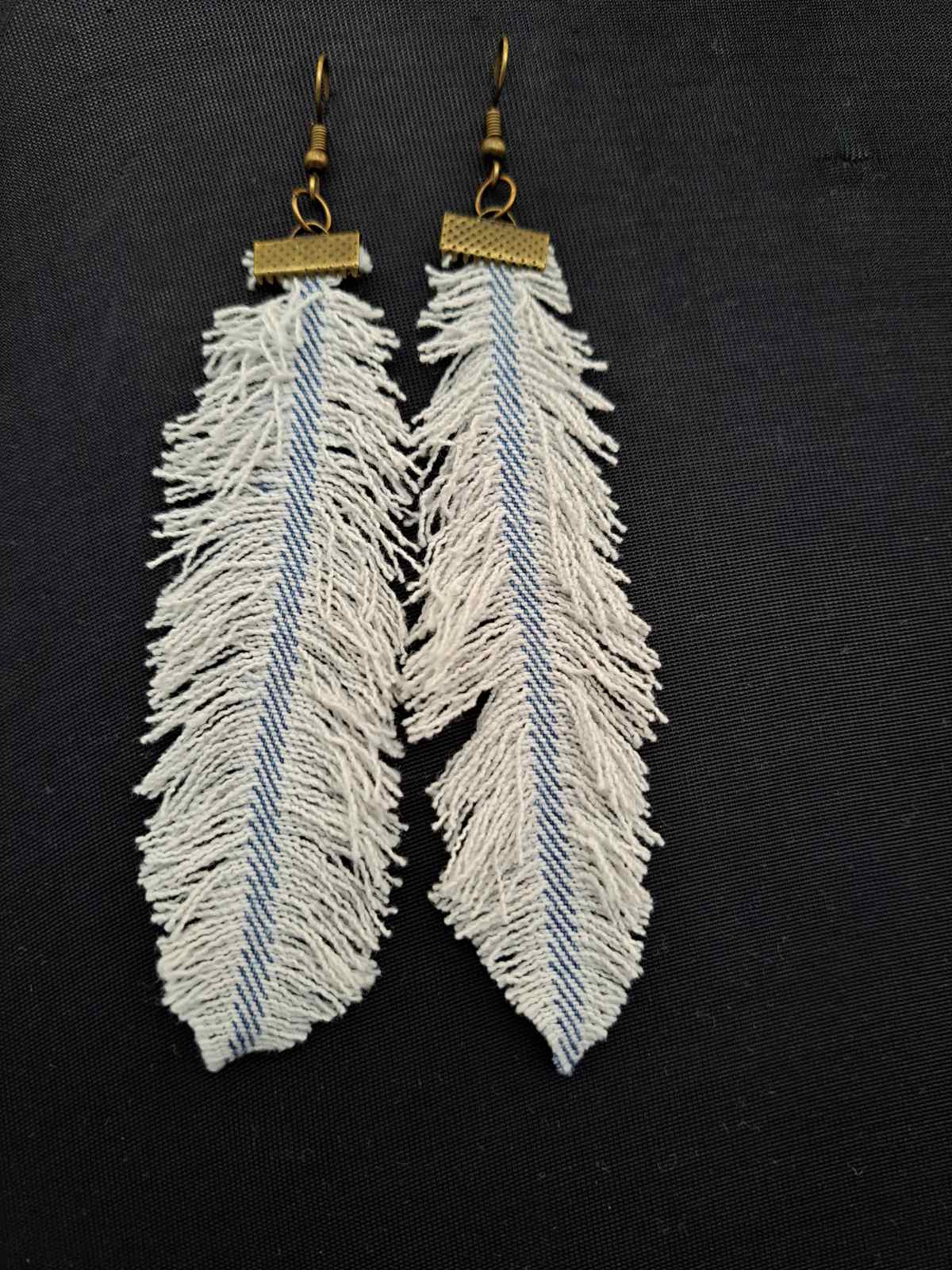
Kingly has introduced a collection of upcycled denim products – aprons, bags, hats, earrings, table cloths and more – combining creativity and eco-consciousness. Each piece is crafted with care, transforming discarded denim into beautiful, functional brandable items.
All of these items can be impregnated with the Polygiene Stays Fresh Technology for an even greater sustainability impact. This allows garments to stay fresh and odour-free, so they can be washed less frequently.
V – value
According to research by the ASI, the American network of promotional businesses, sales of wearables, including shirts, headwear and outerwear, account for 46% of promo industry sales. In comparison, the UK and European market is less than half this at about 20% of total promotional market sales, ASI claims.
The ASI surmises that one reason could be cultural differences with a more casual clothing culture in the US and the tendency to associate with a team, school, organisation and business through decorated apparel.
W – workwear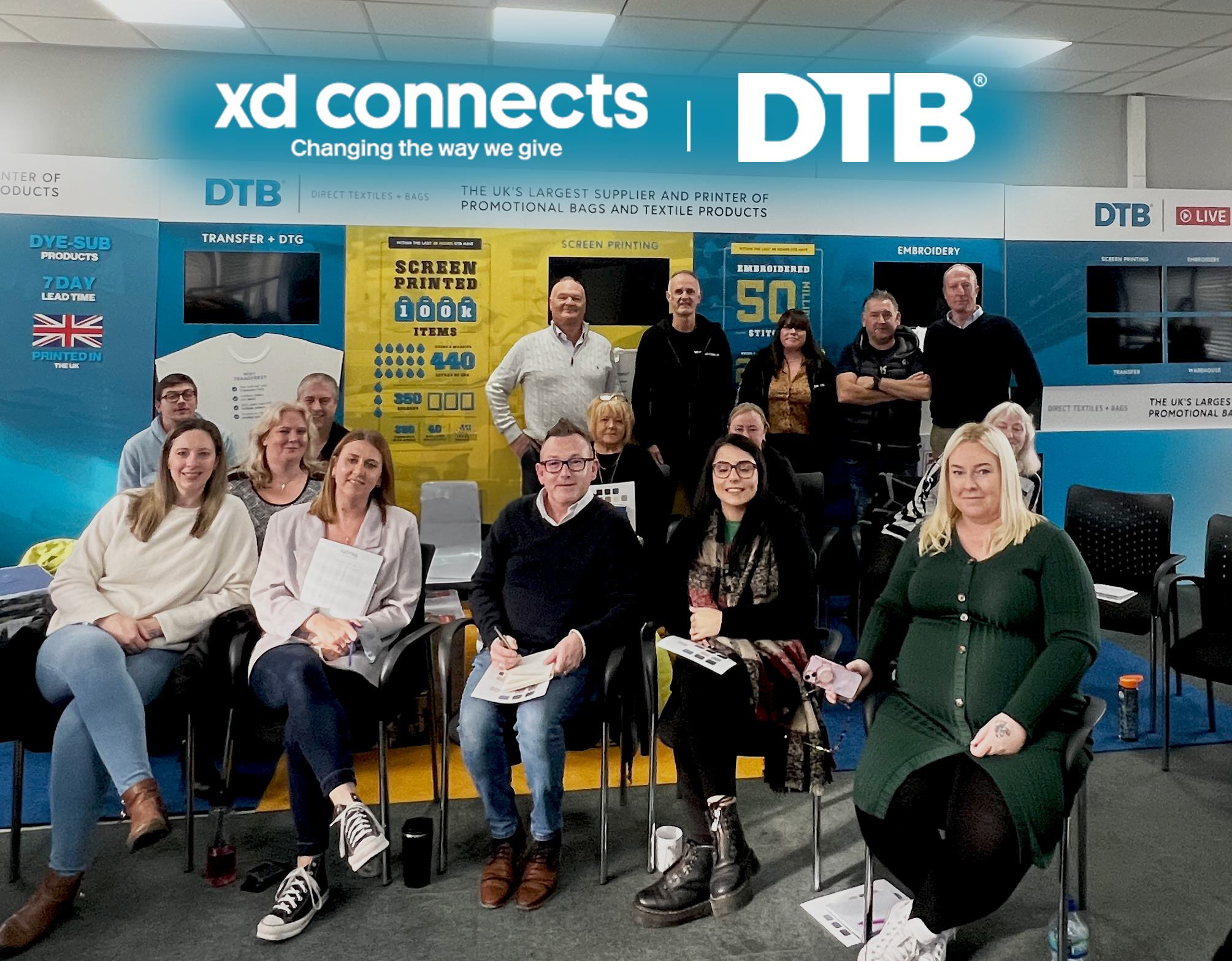
A distinct area in its own right, workwear is a massive market as companies have discovered the value of presenting a smart image that is on brand through the uniforms of their staff.
According to a report by Allied Market Research, the UK industry is worth £13bn and employs 50,000 people.
Corporate and office wear makes up 46% of the market, with industrial and protective clothing at 37%, and the remaining 17% accounted for by uniforms and customised apparel.
X – eXperts, like PMs own Clive Allcott who provides his textiles knowledge every issue in his Ask Clive column. It’s also for XD Connects, the supplier of the Iqoniq range of apparel, with which DTB has formed a supplier relationship to offer all forms of decoration.
Allcott, commercial director at DTB said: “The new supply partnership with XD Connects highlights exactly what both companies stand for in our environmental goals and standards with every item carrying a digital product passport and environmental footprint data.”
Y – you
Personalisation can be a great way of making a piece of clothing more valued. Whether it is a company logo, club badge, or an individual’s name, the appropriate personalisation does wonders for the brand image of your organisation.
Z – zips
Where would we be without these ingenious fasteners?
Swedish-American engineer Gideon Sundback is generally credited with inventing the modern zipper as we know it, registering his first patent for the device in Germany in 1909. In 1917 he received a patent for a device called a ‘separable fastener’.
They quickly became used in footwear before cropping up in children’s clothing, and finally adult fashion, and the rest is history.
BPMA Product Award winners
The ingenuity of promotional textiles was rewarded through the BPMA’s most recent Product Awards where PF Concept picked up the Platinum award for Apparel Product of the Year.
Its Kai unisex lightweight GRS recycled circular jacket impressed judges with its performance as both a garment and in terms of its environmental performance. PF Concept claims that each jacket reduces carbon footprint by 17%, and can be returned via a take-back programme detailed on a QR code.
Part of the Elevate clothing range, the jacket is designed for branding, however because permanent branding can shorten the lifespan of garments, the Kai has been designed with a removable logo sleeve patch.
The Gold award went to XD Connects’ Abisko recycled cotton zip through hoodie made from 50% recycled and 50% organic cotton. Its environmental impact claims are guaranteed, by using the AWARE disruptive physical tracer and blockchain technology and 2% of proceeds of each product sold will be donated to Water.org.
Silver in the apparel category went to The Outdoors Company for The North Face Circaloft hooded jacket, which is made from recycled polyester and designed to minimise waste and pollution.
In the Bag & Folder Product of the Year category, XD Connects picked up Platinum for the Dillon AWARE rPET lightweight foldable backpack, made with 100% recycled polyester embedded with the AWARE tracer.
Tancia’s Anti-Theft Backpack from its carbon-neutral Chili range was Gold winner. Also made from recycled PET, it has a with built-in USB plug and charging cable as well as three compartments carefully designed to protect your valuables from theft.
Silver went to Oldeani’s Shield Plus rPET laptop bag which is made from recycled post-consumer plastic.

